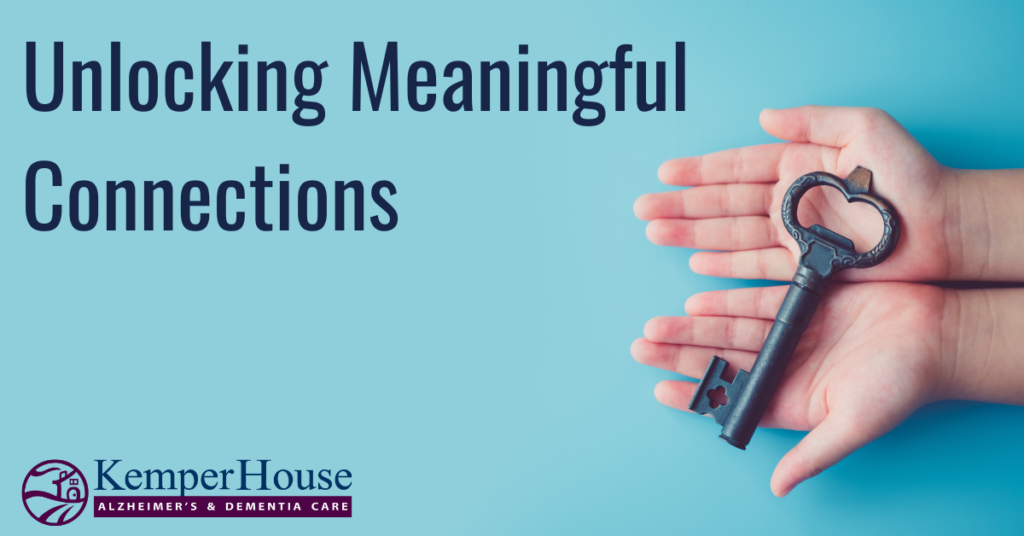
Unlocking Meaningful Connections
Navigating communication with someone who has Alzheimer’s disease presents unique challenges, yet it also offers profound opportunities for connection and understanding. In the midst of these difficulties, it’s crucial to recognize the importance of effective communication and to revisit the best practices that can help bridge the gap between our loved ones and ourselves. By understanding and implementing the following strategies, we cannot only ease the challenges of communication but also foster deeper connections and enrich the lives of those we care for.
Simplify Your Message
Use simple, clear sentences. Avoid complex instructions or questions. Break down requests into manageable, step-by-step tasks. This helps reduce confusion and makes it easier for your loved one to comprehend and respond.
Embrace Nonverbal Communication
Much of our communication is nonverbal. Pay attention to body language, facial expressions, and tone of voice. A gentle touch, a warm smile, and sitting at eye level convey feelings of affection and reassurance more effectively than words alone.
Listen Patiently
Listening is just as important as speaking. Sometimes it’s more important. Give your loved one time to express their thoughts, even if it takes longer than it used to. Show that you are listening and trying to understand, even when the conversation is difficult to follow.
Use Visual Aids
Photographs, objects, and notes can assist people with daily living activities, especially in the earlier stages of Alzheimer’s. Colorful sticky notes are good for labeling foods and household appliances. Motion-sensor lights can help light the way to important places like bathrooms.
Do Something
Interactions don’t require constant conversation. Try sharing and engaging in lighthearted activities like doing a puzzle or listening to music. Light conversation that isn’t about logistics or challenges is also welcome.
Avoid Correcting
It’s natural to want to correct misunderstandings or inaccuracies in memory. Instead, focus on the emotions behind the words and respond to those. For example, if someone says it’s nighttime when it’s noon, maybe they’re tired and want to nap. Try to think of the feeling that might provoke what a person is saying rather than relying on the literal meaning.
Adapt
When a person’s brain changes their perceptions, it’s up to you to try to enter their reality. Validating a person’s feelings, even if they aren’t positive, helps people feel seen and understood. This, in turn, may lessen anxiety and distress.
While communicating effectively with someone with Alzheimer’s disease may present its challenges, the rewards are immeasurable. By implementing the practices above, you can foster meaningful connections and enhance their quality of life. Remember, the key is patience, empathy, and a willingness to meet your loved one where they are on their journey. By doing so, you can create moments of joy, comfort, and understanding that will be cherished by both of you.
-Amanda Radca
Source: activityconnection.com


